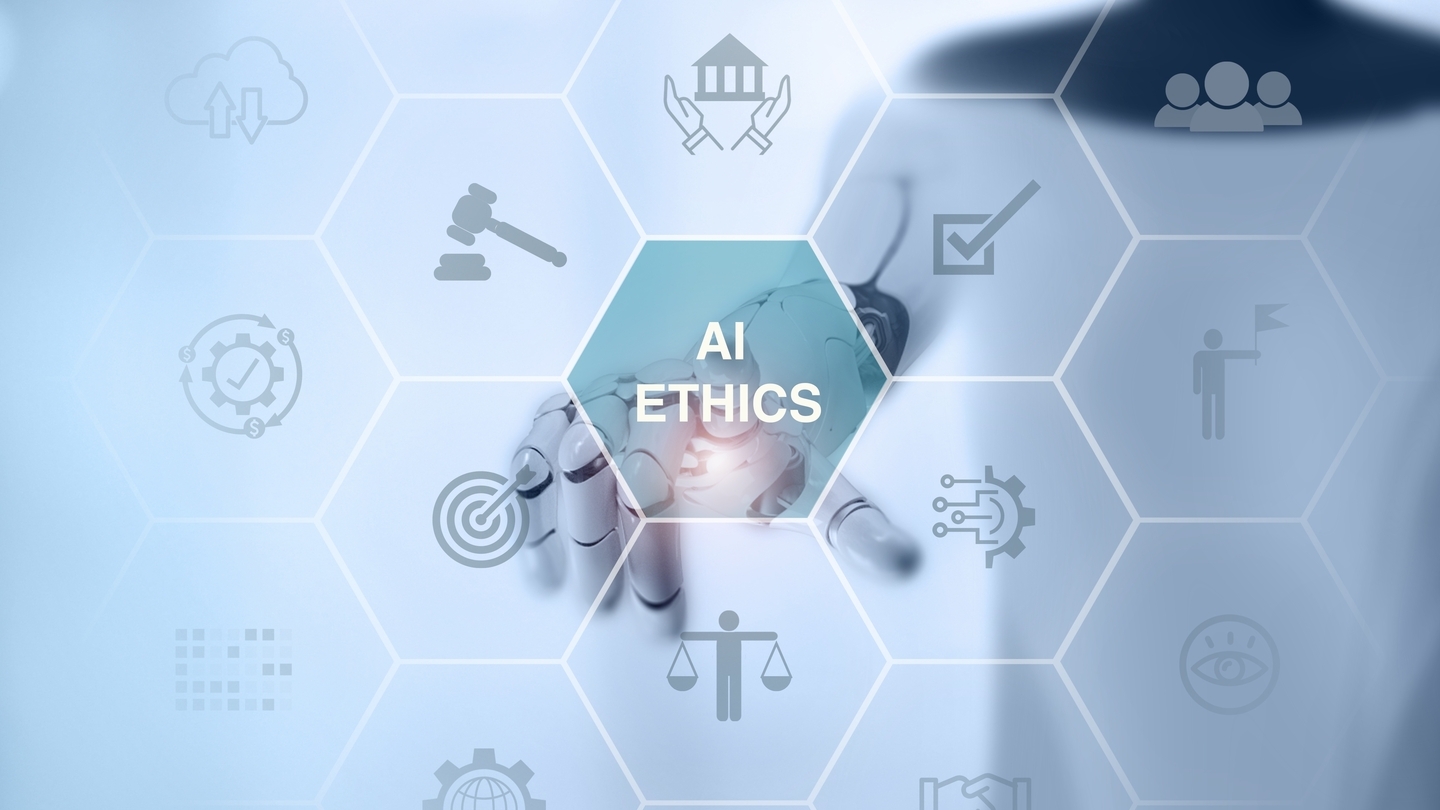Scott Young, Warner Bros. Discovery (WBD) Sports, Europe, explains how on-the-ground coverage and dynamic studio setups are key to delivering Paris 2024 in 19 languages.
In its first Summer Olympic Games since merging in 2022, Warner Bros. Discovery (WBD) is preparing for what it believes is the most unique broadcast operation of any rights holder from Paris.
Like other broadcasters, it is promising to deliver all 3,800 hours of live competition that host agency Olympic Broadcasting Services (OBS) will produce, but unlike, say NBC, it will tailor it to 19 languages across 47 markets.
“That would arguably be what sets us apart from any other broadcaster,” says Scott Young, Group SVP, Content, Production and Business Operations at WBD Sports, Europe. “The principal idea is, how do you create a plug-and-play dynamic platform that isn’t wedded to any one studio, or any particular camera, which is only for that market? How do you make it work across 47 markets?”
Recent Olympics covered...
You are not signed in.
Only registered users can view this article.

Virtually untethered: V-Nova replicates game-like freedom for XR video
Volumetric video may hold the promise of revolutionising the way we consume live concerts and other events, but it could also transform consumption and interaction with pre-rendered video.

Finding our ethical true north on AI: Part II
Part two of our insight into AI ethics and regulation continues with observations on industry efforts around standards and best practices, and why human impact should be the guiding force. James McKeown reports.
/Source - shutterstock_2464837145 (1).jpg)
Digital Catapult: AI innovations to supercharge the creative industries
Accelerated VFX workflows, video game characters you can converse with, and auto-generated visual experiences from sound for XR headsets are just some of the AI innovations devised by start-ups as part of a recent Digital Catapult programme. Adrian Pennington reports.
.jpg)
Neural Radiance Fields – A new approach to 3D modelling
From the chemical, mechanical and electrical process of creating a film, to the rise of virtual production, visual storytelling has always turned to cutting-edge technologies. Now Neural Radiance Fields (NeRF) could replace the traditional technological foundations that broadcasting and film are built upon. IBC365 speaks to leading researcher, Professor Ravi Ramamoorthi.
.jpg)
Future predictions – Part II: Leaders and analysts
The coming year hints at big changes in focus and innovations for the media and entertainment world. With giant leaps in AI advancements, streamlining production and the road ahead for ad-tech, how can vendors meet the demands of the hungry yet cost-conscious consumer, whilst staying ahead of the game? John Maxwell Hobbs gathers more expert insight from leaders and analysts in the second part of our future predictions series.






Beverley Honey 07 November 2024
Here is a new comment